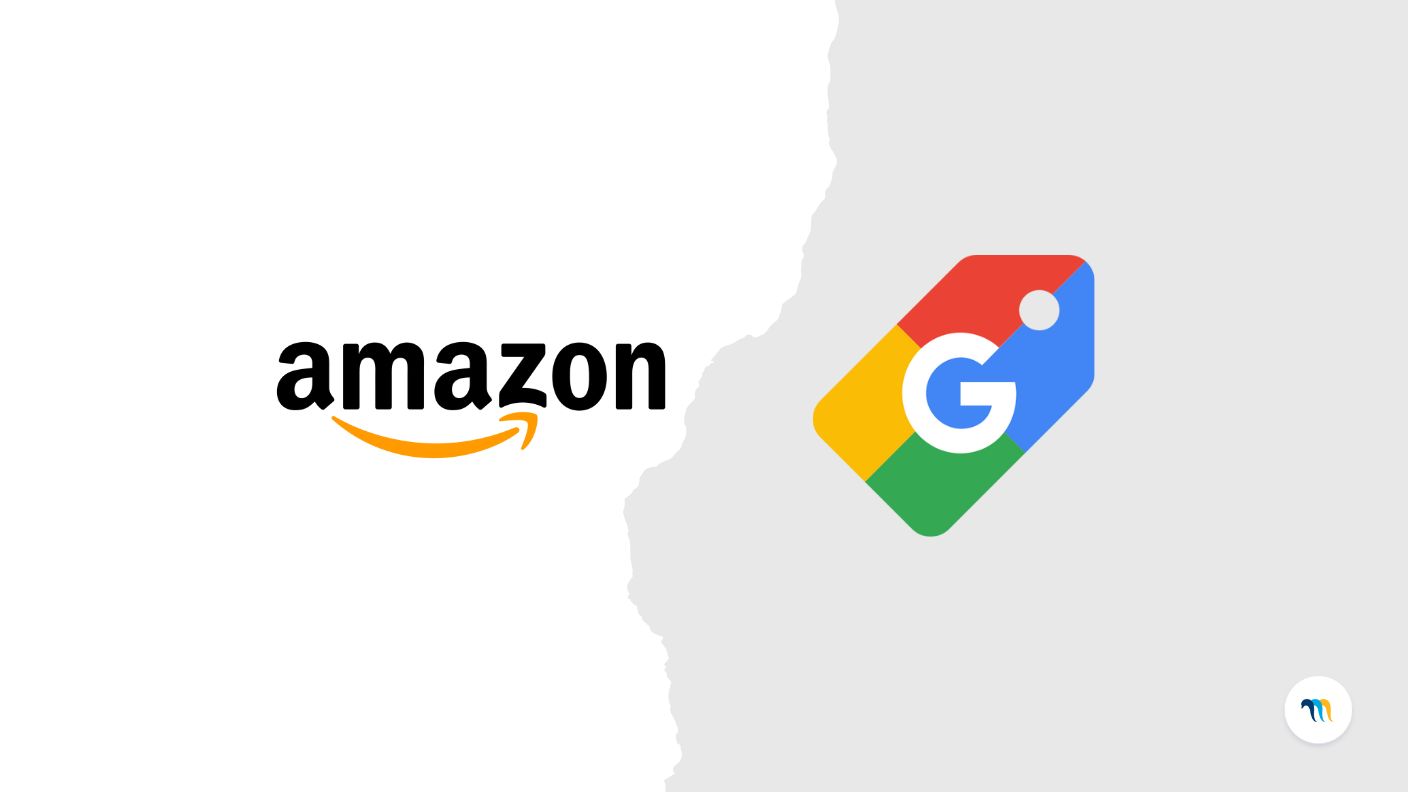

Price monitoring is an indispensable element for retailers, eCommerce and manufacturers who offer their products online. However, these types of tools are also increasingly used by users, who truly face the reality of price differences. As buyers, online users are increasingly concerned about getting good prices, yet above all it is getting to know the manufacturers of the products they buy. We must remember that the pricing strategies of any brand helps, in part, to define their identity.
The apex when we see most usage of these price control tools is generally prior to key dates such as Black Friday or Valentine's Day, etc. During these celebrations, all self-respecting eCommerce sites offer discounts and promotions that sometimes, unfortunately, can be price traps. Obviously, more experienced consumers recognise the strategies of some online stores, so they already know how to act and avoid these tricks to prevent themselves being conned.
The tools for consumers to track prices can, in essence, be differentiated in these three types:
1. Browser extensions. These are, above all, convenient for the user since they are installed directly in their browser that they use to make their purchases. These extensions allow you to have in a single view all the information about the product you are interested in: price history, cheapest and most expensive in your history, product evaluations, etc. In addition, some extensions, like Amazon Assistant, allow you to obtain product suggestions with competitive prices based on the criteria you configure along with the users interests and their browsing history. Keepa is another of the extensions popular amongst online users, especially for marketplace purchases, since it allows you to track the price variation of a product between two specific dates.
2. Apps. The operation of price tracking applications is relatively simple. Once the products that are of interest are included it is possible to obtain alerts for price changes, see when a product is available (in case it is out of stock), etc. In general, these applications also allow real-time access to price changes as well as product suggestions which are similar to those which the user is looking for.
3. Specialised websites. Finally, online shoppers can also track the prices of the products that are of interest to them through specialised websites. In this case, both Amazon and Google Shopping’s tools stand out. All of them allow to identify and generate a database with the articles that the potential client wants to monitor and to control price increases and decreases. The main utility of these internal tools is that, in a marketplace as large and numerous as Amazon, it is possible to understand what prices oscillate in which vendors’ products. However, an independent software or web can provide added value allowing the comparison of prices within multi-brand stores with the online store of each manufacturer or distributor.
The use of all these tools by users makes online stores and brands aware of how important it is to monitor their competitor’s prices. This will serve to detail a defined strategy which will allow you to attract loyal customers and maintain your sales in the complex world of digital sales.
Find out how Minderest can take your business to the next level.
Contact our pricing experts to see the platform in action.
Related Articles

How Surveillance Pricing Works and Its Applications for Your Business
The term "Surveillance Pricing" might conjure images of corporate espionage and price manipulation. However, this initial perception hides one of the most sophisticated and powerful strategies in...
Amazon Returns to Google Shopping: How It Affects Retailers and Brands
After a one-month pause, Amazon has reactivated its campaigns on Google Shopping in multiple international markets (though not yet in the U.S.). Its return brings increased competitive pressure and an...